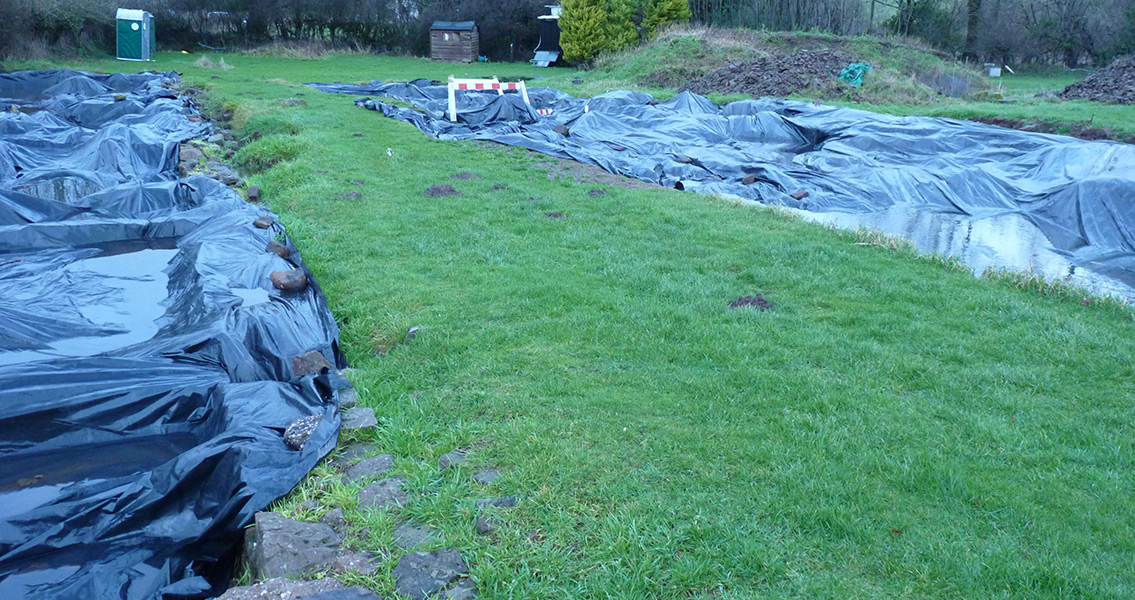<![CDATA[The 15-year-long struggle for an independent researcher to convince archaeologists that he had found a lost medieval city on the border of England and Wales has finally hit pay dirt. According to a recent article in The Guardian, archaeology graduate Stuart Wilson spent £32,000 on a mad gamble that a farmer’s field held secrets of the lost city of Trellech. Working at a toll bridge booth at the time – and with his friends and family telling him he should be investing in a residential property instead of a strange field somewhere – Wilson was convinced that the fragments of what looked like medieval pottery which had been thrown up by moles digging in the field was enough to warrant the purchase. Along with the team of volunteers he leads Wilson has spent the last decade and a half excavating the field. The results, they say, have been to unearth what could very well be the remains of an ancient city. The jewel of the excavation is what looks to be the remains of a manor house, complete with moat – and the 37-year-old independent researcher is planning on spearheading additional work in 2017 once the weather improves. Wilson has faced years of skepticism from other archaeologists for what seemed like a hare-brained theory. However, he’s now become increasingly vindicated as the fruits of his labor have been revealed, so much so that he was invited to speak at Cardiff University at an event hosted by the Cardiff Archaeological Society late in 2016. Back in 2002 when professional archaeologists were hunting for the lost city on the Welsh side of the border, Wilson was the only one who believed the farmer who approached the Monmouth Archaeological Society claiming he had found pottery strewn about the molehills on his property outside where the researchers were looking. When the 4.6-acre property came up for sale a few years later, Wilson took a risk and purchased it. It soon became his life’s work, as Wilson gave up his job to devote his full concentration to the project. By his estimation, around 1,000 people have volunteered to help, ranging from interested locals to archaeology students; in the end, the remains of eight buildings have been pinpointed, but Wilson fully expects more to be uncovered in time. The manor house is clearly the jewel of the find. The building, which looks to have had a courtyard and not one but two halls, contained several different architectural details such as drains and fireplaces, in addition to the remains of cooking vessels and jugs. Wilson is especially fond of a well discovered on the site that had leather, bone, and wooden scraps within it. The vindicated researcher says he is in the process of applying for planning permission to develop the land to build an interpretation center to tell the story of the city, which dates to the thirteenth century. He also has plans to build a campsite to accommodate tourists and volunteer helpers interested in extended stays on site. ]]>
Archaeologist’s 15 Year Fight to Recognize Lost City Pays Off
